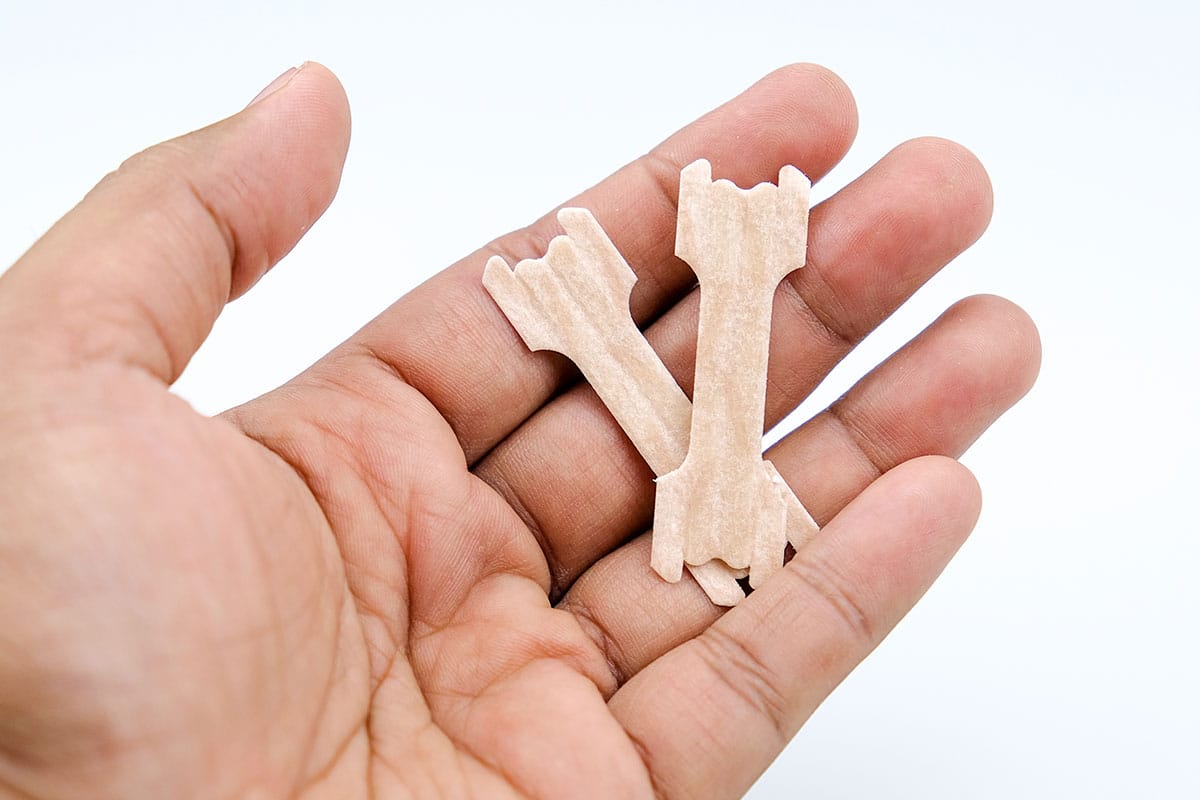Categories
Latest blog
Quality sleep is crucial for overall health and well-being, yet many people struggle with sleep disturbances due to nasal congestion, snoring, or other breathing-related issues. If you're one of them, you might have come across nasal strips as a potential solution. But how do these simple adhesive strips work, and can they really help you sleep better? Let's dive into the science behind nasal strips and how they can improve your sleep quality.

Nasal strips are small, adhesive bands designed to be applied externally across the bridge of the nose. They are made from a flexible, spring-like material with an adhesive backing that sticks to the skin. Once applied, the strips work by physically pulling the nasal passages open, making it easier to breathe through your nose. They come in various sizes and types, including options for sensitive skin and different colors to blend with various skin tones.
Nasal strips are more than just a piece of sticky tape on your nose—they serve a specific purpose by enhancing airflow through your nasal passages. Here's how they work:
The nasal passages can become narrow due to various reasons such as congestion, a deviated septum, or even the natural relaxation of tissues during sleep. This narrowing makes it difficult to breathe through the nose, forcing many people to breathe through their mouths, which can lead to snoring and disrupted sleep.
When you apply a nasal strip across your nose, the flexible band in the strip attempts to return to its original straight shape. In doing so, it gently lifts the skin on the sides of the nose, opening up the nasal passages. This physical lifting action increases the space within the nasal passages, allowing air to flow more freely.
From a scientific perspective, nasal strips reduce airflow resistance, which is the main culprit behind difficulty in breathing through the nose. Normally, when you sleep, your nasal passages tend to narrow, especially if you're lying on your back. If you have any underlying nasal conditions like congestion or a deviated septum, this narrowing can become more pronounced.
By using nasal strips, you can counteract this narrowing. The strips work by exerting an outward pull on the nasal valves, the narrowest part of the nasal cavity, preventing them from collapsing inward. This results in a wider airway, reduced breathing effort, and less reliance on mouth breathing, which is often associated with snoring.
The benefits of using nasal strips can be felt almost immediately after application. Some of the most notable advantages include:
Nasal strips aren't just for people with chronic snoring problems—they can be beneficial for a wide range of individuals:
When it comes to improving sleep quality, nasal strips are just one option among many. Here's how they compare to other common sleep aids:
CPAP (Continuous Positive Airway Pressure) machines are the gold standard for treating sleep apnea, particularly in severe cases. They work by delivering a continuous stream of air through a mask, keeping the airways open during sleep. While highly effective, CPAP machines can be bulky, uncomfortable, and expensive. Nasal strips, on the other hand, are much more affordable and easier to use, making them a good alternative for individuals with mild sleep apnea or those who find CPAP machines cumbersome.
Nasal sprays, particularly those with decongestants or steroids, can also help open up the nasal passages and reduce congestion. However, they come with the risk of side effects and can only be used for a limited time to avoid dependency. Nasal strips offer a drug-free alternative that can be used daily without the risk of side effects, making them a safer option for long-term use.
Nasal strips are widely available over the counter, making them an accessible option for many people. They are also relatively inexpensive compared to other sleep aids, which makes them a cost-effective solution for those looking to improve their sleep quality without breaking the bank.
To get the most out of nasal strips, it's important to apply them correctly. Here's a step-by-step guide:
While nasal strips are generally safe and effective, there are some potential drawbacks and side effects to consider:
Can nasal strips be reused?
Nasal strips are designed for single use only. Reusing them may result in reduced effectiveness and poor adhesion.
Are nasal strips safe for children?
Yes, nasal strips can be used by children, but it's important to choose the appropriate size and ensure they are applied correctly.
Can nasal strips be used for deviated septum relief?
While nasal strips can provide some relief for individuals with a deviated septum, they may not be effective for more severe cases. Consulting with a healthcare provider is recommended for those with significant nasal obstruction.
Do nasal strips help with sinus infections?
Nasal strips can help alleviate congestion associated with sinus infections by opening up the nasal passages, but they do not treat the underlying infection. They are best used in conjunction with other treatments.
Nasal strips offer a simple, drug-free solution for those struggling with nasal congestion, snoring, or other breathing-related sleep disturbances. By physically opening the nasal passages, these strips can improve airflow, reduce snoring, and enhance overall sleep quality. While they may not be the right solution for everyone, they are certainly worth trying for those seeking an affordable and non-invasive way to breathe easier and sleep better. If sleep issues persist, it’s always a good idea to consult with a healthcare provider to explore other treatment options and ensure you’re getting the best care for your needs.